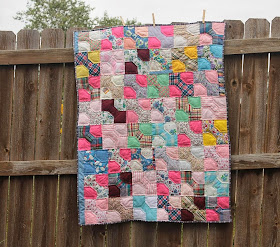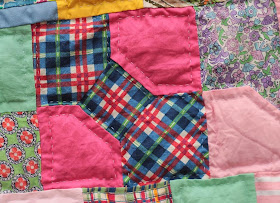 My family loves yogurt, but the good stuff is really expensive. I tried once several years ago to make my own, but without success. (Picture chunky milk rather than creamy yogurt...it wasn't pretty). Then I found this awesome tutorial on Keeper of the Home for making yogurt in a crockpot. I've been making weekly it for months now, and it works great! (You can also check out my frugal yogurt starter tutorial)
My family loves yogurt, but the good stuff is really expensive. I tried once several years ago to make my own, but without success. (Picture chunky milk rather than creamy yogurt...it wasn't pretty). Then I found this awesome tutorial on Keeper of the Home for making yogurt in a crockpot. I've been making weekly it for months now, and it works great! (You can also check out my frugal yogurt starter tutorial)
Since it's well-written, I follow the tutorial closely and only had to make one modification. I make my yogurt in a glass container rather than directly in the crockpot. This simplifies the process: when the yogurt is done culturing I can just put the glass dish in the fridge, rather than clearing a whole shelf for my huge crockpot. Plus, I don't have to clean yogurt off my crockpot.
I was worried that the heat from the crockpot wouldn't transfer well enough if I just set the glass dish inside. So, I add about 1 inch of water and the glass dish to my crockpot when I turn it on, and I let them heat up with the crockpot. Make sure you don't stick a cold glass container into hot water, or you can crack the glass.
When you add the yogurt starter to the milk, add the starter to the milk before pouring it in the pyrex. Otherwise, the milk sloshes everywhere if you try to stir in the starter in such a small bowl. Then I loosely cover the glass dish with its lid, so that the condensation from the crockpot lid doesn't drip into the yogurt as it cultures.
-Lily

















































